We certainly hope that you’ll never have to live through this dreadful scenario where your hands are tied together. However, specialists have shown how you can free yourself easily, in a matter of seconds. Bryan Black is a U.S.


Navy veteran. After his service was cut short due to injury, Bryan thought he had to use his skills in a different way. After all, he had almost completed the training required to join the SEALs…
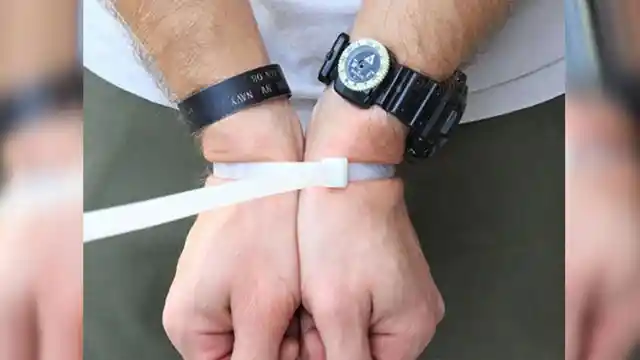
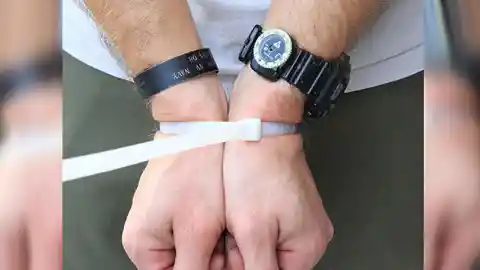
Bryan Black decided to set up “Imminent Threat Solutions” (ITS), a website that gives safe exploration advice but also tips acquired from his experience, that would help many escape from unfortunate situations.
Black and his team considered kidnapping to be a major threat to many hopeful adventurers in more dangerous environments.


In a YouTube video of theirs, they talked about restraint by zip ties specifically (though recognizing that other materials like rope can be used instead).


ITS inform us in their website that “All of these methods can be easily defeated.” The key to getting freed from captivity is waiting for the right moment: “Your captors are most likely not going to have the resources or the patience to keep an eye on you constantly,” ITS stress.


The ITS team went out and bought the strongest zip-ties they could find, just like any captor would have probably done: “We chose these because realistically, if someone was determined to go out and buy zip ties to use to illegally restrain someone, they’d more than likely hit the local hardware store and find the toughest ones they could.”
The instructor in the video goes on to warn viewers that zip ties can be quite hurtful when practicing this move. The shockingly easy trick he was about to show could also be applied to duct tape, he said.
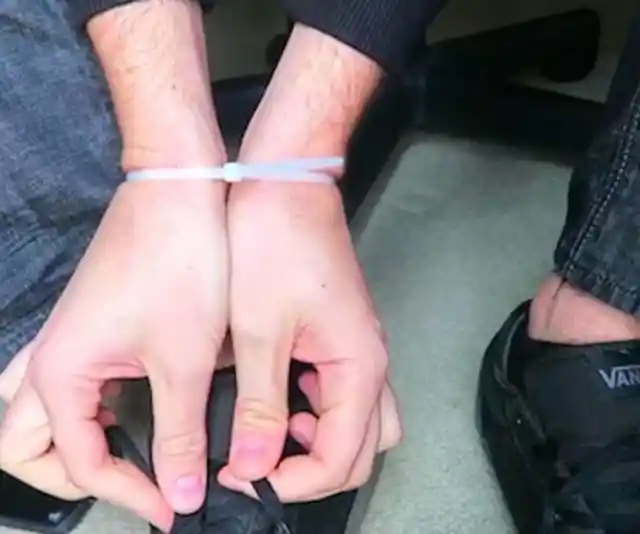
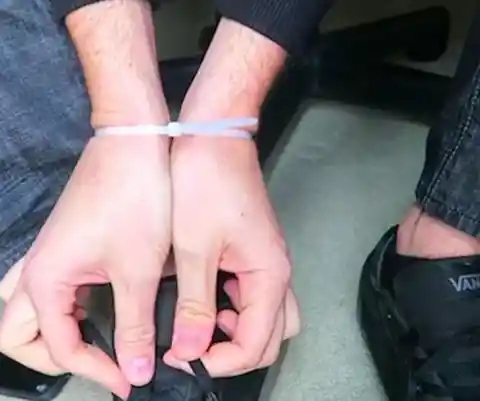
What was he going to do?


While it works for duct tape, there’s an important part in zip-ties that one should notice immediately: the locking bar, which ties both ends of the plastic strap around your wrists.
According to the ITS instructor, to begin with, the victim should try and move the zip-ties around his wrists so that the locking bar ends up being at the middle of your tied wrists.
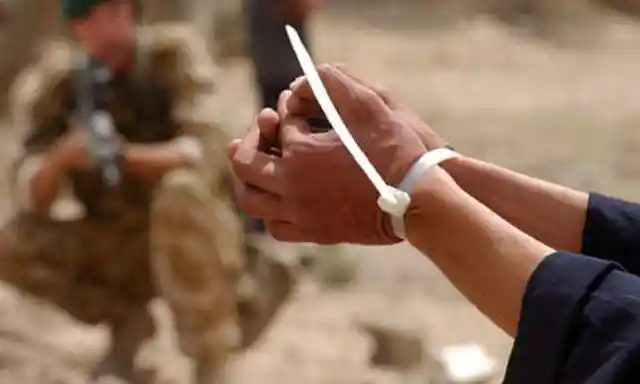
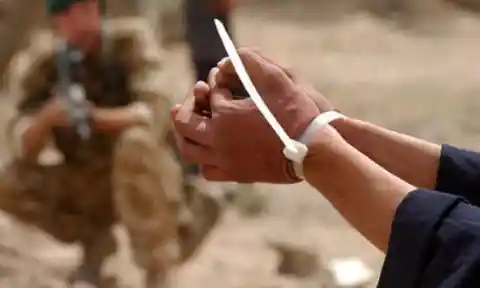
This way, you’ll be able to perform this trick…
As he places both of his hands withing the zip-tie strap, he begins to tighten its’ grip on his wrists. What’s surprising though is what he said next: “The tighter they are, the easier it’ll be”.


How could that be possible?
The instructor then starts demonstrating the quick trick that will make you free your arms from the zip tie. “You’re going to be coming down and kind of chicken-winging your arms.


And, at the same time, you’re going to push.” Would that actually work?
Are you baffled by the “chicken-winging” part of the instructions?


The ITS instructor quickly explains what he means by placing his arms in a triangular position, raising them over his head then bringing them down to his stomach.
The experienced instructor knew that the move was difficult to grasp by many, thus he expanded on its’ explanation. “In one fluid motion, you’re going to come from the top and push down.


And you almost want to simulate touching your shoulder blades together as you come down,” he says.
Finally, it’s time for him to showcase the move in real time. He repeats the move he was explaining all this time and as he moves his arms towards his belly button, the zip locking bar snaps off in just a few seconds.


Shocking, right?
On YouTube, the video has gone viral with 9 million views.


However, while many were surprised and thankful for the advice offered, others remained skeptical: how would this work in a small, enclosed space like the trunk of a car.
Apart from the problem of available space, there was also another issue: “Anyone who [has] had any training with restraints would never tie hands in front of the person,” wrote one commenter.


What was ITS’ response?
Another YouTuber, noticing how the trick could only work if the lock was placed on a convenient spot, commented in a joking manner that “I guess you could ask the bad guy nicely to put the catch end...


in the right place.”
Despite these comments, most were grateful for the free instructions given in the video. Even if it would only work in this particular situation, this could be a life saving trick as one commenter said: “Some people might call tips like this being paranoid.


But this could save a life.”


Not only does ITS provide more tips on breaking out of zip-ties on their website but they also added a very important piece of general advice: you should remain passive at all times so that your kidnappers don’t get suspicious of your expertise.
This final tip from ITS might prove crucial in an unfortunate situation. “Make every effort to present your hands to your captor before they use force to restrain you.


Essentially, you’re presenting the wrist position of your choosing to them,” they write on their website. Take notes everyone…
Many of us probably have wondered how these skills were passed down to us from generation to generation.


Native Americans are a particular source of such wisdom as their ability to live off the land meant they had to develop exceptional survival skills that are still very relevant.
Native Americans are thought to be one of the first ones to make beef jerky, essentially dried meat with animal fats or dried fruit.


They called it “pemmican” and it was one of their favorite treats.
The main reason to dry meat in such a way is to preserve it, especially back when refrigerators hadn’t been invented yet.


These delicious pieces of nutritious food allowed them to travel long distances without having to hunt constantly.
When you’re moving around large distances, it’s paramount to be able to predict the weather in order to plan your next moves and not be caught by surprise by sudden fluctuations.


Native Americans were masters in predicting weather changes through various tricks.
One such example is the wind rotation on the leaves of trees or the birds nesting during the day.


These are signals that a storm is coming, and an adequate shelter should be found.
Apart from weather though, a tribe needed to be able to find adequate water sources throughout their journey.
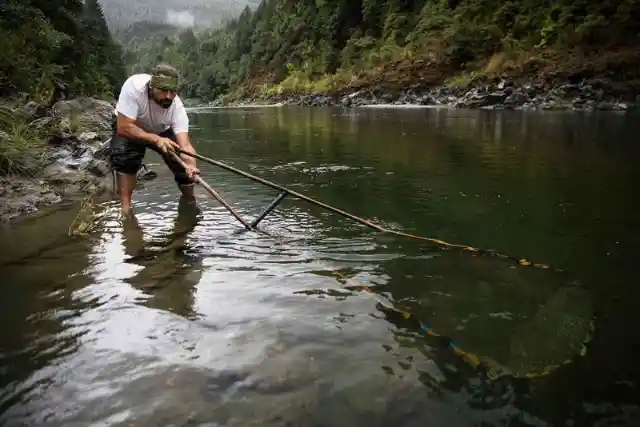

Of course, some tribes were able to use the water of a single source throughout the year but others were less fortunate.
Spotting a source of water is quite easy in the wilds. Usually there’ll be trails of animals gathering there, or increasingly green vegetation.


Experienced Native Americans could spot these signs very easily.
Many Native American tribes could harvest their own crops as they were settled.


The ones that were migrating throughout the year however, needed to know how to pick edible plants from dangerous ones.
Following animals helped them make that decision. You see, dears and birds usually eat berries and plants that generally are safe for us to consume as well.


Foods that other animals hoard are also safe on average.
One thing is for certain, adventures in the wilderness require a certain level of survival skills acquired through training.


While it’s impossible for people with our modern lifestyle to reach such a level of expertise, channels like this one could definitely help many aspiring adventurers be safer!